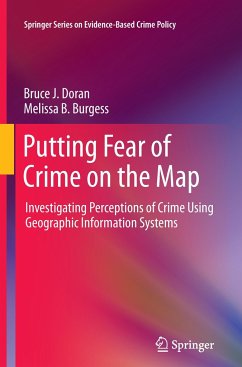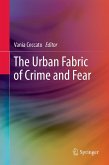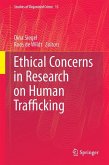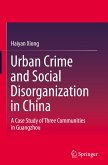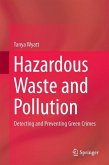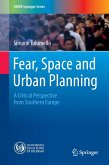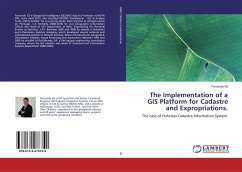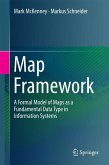Since first emerging as an issue of concern in the late 1960s, fear of crime has become one of the most researched topics in contemporary criminology and receives considerable attention in a range of other disciplines including social ecology, social psychology and geography. Researchers looking the subject have consistently uncovered alarming characteristics, primarily relating to the behavioural responses that people adopt in relation to their fear of crime. This book reports on research conducted over the past eight years, in which efforts have been made to pioneer the combination of techniques from behavioural geography with Geographic Information Systems (GIS) in order to map the fear of crime.
The first part of the book outlines the history of research into fear of crime, with an emphasis on the many approaches that have been used to investigate the problem and the need for a spatially-explicit approach. The second part provides a technical break down ofthe GIS-based techniques used to map fear of crime and summarises key findings from two separate study sites. The authors describe collective avoidance behaviour in relation to disorder decline models such as the Broken Windows Thesis, the potential to integrate fear mapping with police-community partnerships and emerging avenues for further research. Issues discussed include fear of crime in relation to housing prices and disorder, the use of fear mapping as a means with which to monitor the impact of Closed Circuit Television (CCTV) and fear mapping in transit environments.
The first part of the book outlines the history of research into fear of crime, with an emphasis on the many approaches that have been used to investigate the problem and the need for a spatially-explicit approach. The second part provides a technical break down ofthe GIS-based techniques used to map fear of crime and summarises key findings from two separate study sites. The authors describe collective avoidance behaviour in relation to disorder decline models such as the Broken Windows Thesis, the potential to integrate fear mapping with police-community partnerships and emerging avenues for further research. Issues discussed include fear of crime in relation to housing prices and disorder, the use of fear mapping as a means with which to monitor the impact of Closed Circuit Television (CCTV) and fear mapping in transit environments.

